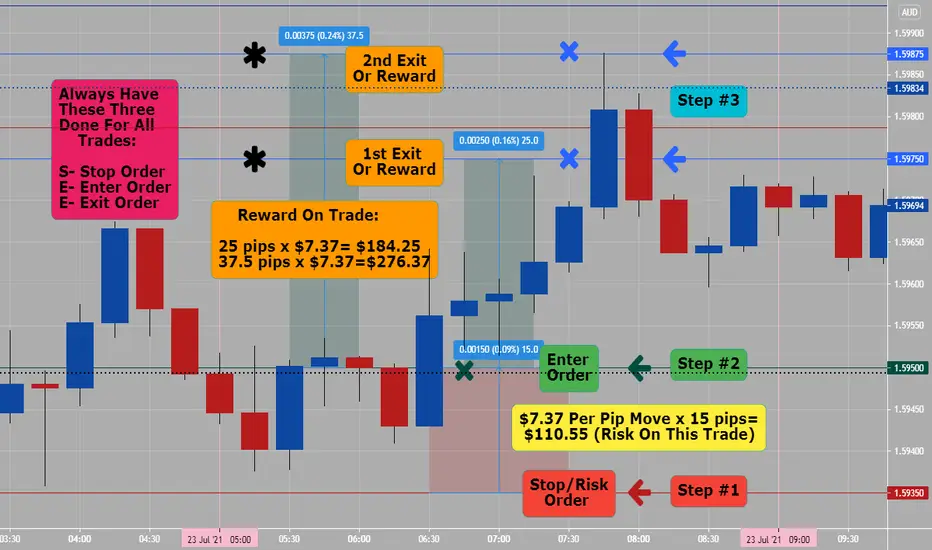Proper position sizing is THE single most important skill that traders could have. Without it, you’ll end up taking trades that are too big or too small, either blowing out your account or under utilizing a high performing trading method.
Typically, risking a max of 1% to 2% of account per trade is recommended for new traders to avoid ruin, but that will change as your skills grow.
Using a position size calculator, you can match your ideal risk per trade together with your entry and exit levels to give you the exact number of units that you should work with.Of course, you could always round them off (as long as you stay within your max risk) to make your trade journal entries easier or if your broker isn’t flexible with their position size offerings.
Position Sizing: The Way to Profit in Forex
It has been said that the single most important factor in building equity in your trading account is the size of the position you take in your trades. In fact, position sizing will account for the quickest and most magnified returns that a trade can generate. Here we take a controversial look at risk and position sizing in the Forex market and give you some tips on how to use it to your advantage.
How Much Risk Is Enough?
So just how should a trader go about playing for meaningful stakes? First of all, all traders must assess their own appetites for risk. Traders should only play the markets with "risk money," meaning that if they did lose it all, they would not be destitute. Second, each trader must define—in money terms—just how much they are prepared to lose on any single trade. Usually, this percentage is about 2%-3%. Depending on your resources, and your appetite for risk, you could increase that percentage to 5% or even 10%, but I would not recommend more than that.
Look on example chart: Risk was around $110 vs Reward of $185 to $275 or 1 to 1.5 to 2.5 setup. This was based on 1 standard size lot.
Typically, risking a max of 1% to 2% of account per trade is recommended for new traders to avoid ruin, but that will change as your skills grow.
Using a position size calculator, you can match your ideal risk per trade together with your entry and exit levels to give you the exact number of units that you should work with.Of course, you could always round them off (as long as you stay within your max risk) to make your trade journal entries easier or if your broker isn’t flexible with their position size offerings.
Position Sizing: The Way to Profit in Forex
It has been said that the single most important factor in building equity in your trading account is the size of the position you take in your trades. In fact, position sizing will account for the quickest and most magnified returns that a trade can generate. Here we take a controversial look at risk and position sizing in the Forex market and give you some tips on how to use it to your advantage.
How Much Risk Is Enough?
So just how should a trader go about playing for meaningful stakes? First of all, all traders must assess their own appetites for risk. Traders should only play the markets with "risk money," meaning that if they did lose it all, they would not be destitute. Second, each trader must define—in money terms—just how much they are prepared to lose on any single trade. Usually, this percentage is about 2%-3%. Depending on your resources, and your appetite for risk, you could increase that percentage to 5% or even 10%, but I would not recommend more than that.
Look on example chart: Risk was around $110 vs Reward of $185 to $275 or 1 to 1.5 to 2.5 setup. This was based on 1 standard size lot.
Disclaimer
The information and publications are not meant to be, and do not constitute, financial, investment, trading, or other types of advice or recommendations supplied or endorsed by TradingView. Read more in the Terms of Use.
Disclaimer
The information and publications are not meant to be, and do not constitute, financial, investment, trading, or other types of advice or recommendations supplied or endorsed by TradingView. Read more in the Terms of Use.
